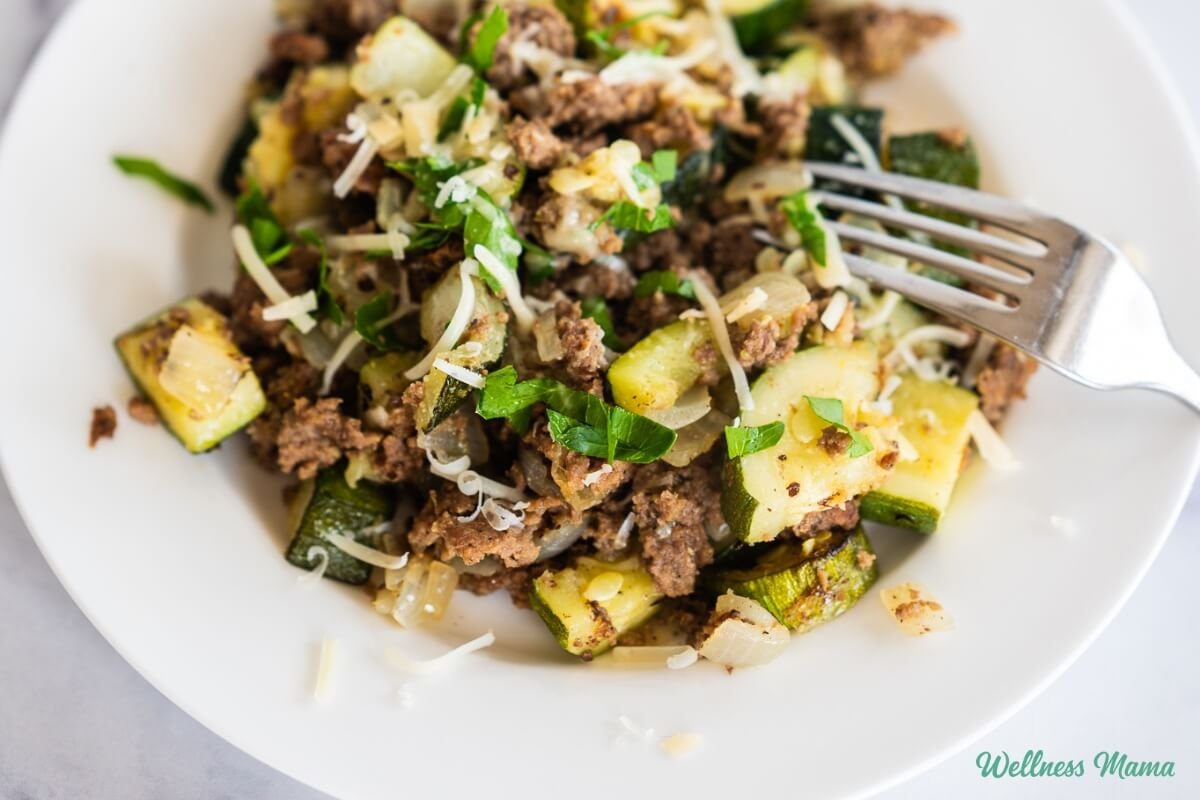Renowned for their rich, leafy texture and robust taste, collard greens are a key ingredient in many dishes and are packed with nutrients. They’re among the first greens to appear in my garden each spring, and I love adding them to soups and stir-fries. Learn more about their health benefits and how to prepare this adaptable leafy green to please even the pickiest eaters.
What Are Collard Greens?
Collard greens are part of the "green leafy vegetables" family frequently recommended for a healthy diet. They might be a bit challenging to get children to enjoy (more on that later). Such greens are nutritional powerhouses, especially for calcium intake without relying on dairy. But their benefits extend beyond that.
Collards belong to the cruciferous vegetable family, known as "brassica." This family includes broccoli, cauliflower, bok choy, and Brussels sprouts. Radishes, turnips, and horseradish also belong to this group.
Cruciferous vegetables like collards are notable for producing sulforaphane, a detoxification compound. Sulforaphane may help reduce inflammation, maintain hormonal balance, and offer protection against chronic diseases. It’s in high demand, available even as a supplement (I personally use BrocElite).
While broccoli sprouts are the richest food source, collards offer this superb nutrient as well.
Why Are Collard Greens Good for You?
Collard greens are a great way to include phytonutrients in a low-carb diet, with their carbohydrates mainly appearing as dietary fiber. Though not completely digested, fiber plays a crucial role in preserving a balanced gut microbiome.
Nutritional Breakdown of Collard Greens
Collard greens are incredibly nutrient-dense, boasting high levels of vitamins. They’re rich in vitamin A (in the form of beta carotene), B vitamins (notably folate), and vitamin C. Just one cup of collard greens contains over 300% of the daily recommended vitamin A intake. It also delivers over 50% of the vitamin C and nearly half (44%) of the daily recommended folate. While folic acid is synthetically produced, folate occurs naturally.
Alongside kale, mustard greens, and Swiss chard, collards serve as one of the top sources of vitamin K1. One cup of these greens delivers 836 mcg of vitamin K1, which is a remarkable 1,045% of the recommended daily amount. Collards also offer essential minerals like potassium, manganese, calcium, magnesium, and phosphorus, which support bone, muscle, and overall health.
The vitamins, minerals, and other nutrients in collard greens account for their vast health benefits. They aid numerous bodily systems, including the circulatory, gastrointestinal, and immune systems.
6 Health Benefits of Collard Greens
Collard greens may enhance your health in the following six research-supported ways:
1. Promoting Heart Health
Nutrients in collards are linked to battling metabolic syndrome and lowering heart disease risk. Both fiber and potassium in these greens contribute to lower blood pressure and blood sugar levels, reducing the chances of heart attacks, strokes, and type 2 diabetes.
2. Anti-Cancer Effects
Collard greens are rich in vitamin A (as beta carotene) and vitamin C, contributing to a healthy immune system. A strong immune system is vital in cancer prevention.
These greens also contain glucosinolates and sulforaphane, both of which are under investigation for cancer prevention. Glucosinolates convert into isothiocyanate (ITC), which guards cells against damage that could lead to cancer.
Boosting your intake of leafy greens like collards is known to lower cancer risk, with noted advantages in prostate, breast, skin, bladder, oral, and colon cancer studies.
3. Supporting Bone Health
Vitamin K1 from collard greens complements vitamin K2 in animal foods, playing a pivotal role in bone health. Our body requires vitamin K for calcium absorption and fracture prevention. The synergy of calcium, vitamin K, and vitamin D (from both plant and animal sources) protects against osteoporosis.
4. Good For The Eyes
Collards also significantly contribute to eye health. Packed with beta carotene (pro-vitamin A) and lutein, collard greens can aid in sustaining good vision over time. Regular intake of leafy greens like collards may decrease the risk of age-related macular degeneration.
5. Anti-Inflammatory Properties
Certain compounds in collard greens exhibit anti-inflammatory effects. Regular consumption may benefit conditions like arthritis and other inflammatory diseases. Collards are rich in antioxidants such as lutein, carotenoids, and zeaxanthin, combating free radicals, which reduces oxidative stress and inflammation.
6. Supporting Gut Health
The fiber in leafy greens aids digestive well-being by encouraging a balanced microbiome, which can promote regular bowel movements and prevent constipation. It may also aid in weight control. Researchers have identified a rare sugar in leafy greens called sulfoquinovose (SQ). This sugar nourishes beneficial gut bacteria, supporting digestion.
Who Should Avoid Collard Greens?
Collard greens are beneficial to most people. However, individuals on blood-thinning medications like Warfarin should be cautious.
Due to their high vitamin K content (named for the German word Koagulationsvitamin), they help in blood clotting. While this is usually advantageous for preventing excessive bleeding, it can interfere with blood-thinning drugs. Inform your doctor if you plan to add more leafy greens to your diet.
On rare occasions, collard greens may trigger a positive result on a food allergy test. If this happens, it’s best to avoid them until your immune system stabilizes.
Usually, collard greens don’t produce adverse effects unless consumed in large quantities, which could lead to bloating and digestive issues. A serving or two usually suffices!
What About Oxalates?
Some individuals are concerned about oxalate levels in collard greens. Oxalates are plant compounds that may cause problems if not properly digested by gut bacteria.
Collard greens have lower oxalate levels compared to spinach, kale, and similar greens. For those reducing oxalates due to hypothyroidism, kidney stones, or other conditions, collards are a safer choice.
How to Enjoy Collard Greens
When buying collard greens, choose dark green, fresh leaves without blemishes or wilting. Fresh leaves from the garden are best. They can be sautéed on the stovetop with olive oil and garlic and are versatile enough for many recipes. Below are some ideas for adding more collards to your meals:
-
Salads: Chop or shred the greens finely for salads, massaging with olive oil and lemon juice to soften, similar to kale. Try substituting them for kale in salad recipes.
-
Soups and Stews: Add chopped collards to soups, stews, or broths for added nutrients and flavor. Use them instead of kale in Sweet Potato Zuppa Toscana.
-
Wraps: Blanched collard leaves can serve as a healthier alternative to tortillas or bread wraps. Fill them with ingredients like hummus, vegetables, and your preferred protein. Raw collard greens are often used as wraps in raw food diets. Experiment by substituting chard with collards in dishes like Chard Wrapped Salmon.
-
Stuffed Collard Leaves: Prepare stuffed collard greens by filling blanched leaves with grains, beans, and spices, then rolling and baking or steaming until tender.
-
Braised Collard Greens: Slow-cook with broth, onions, and your preferred seasoning until the greens are tender and flavorful. For a southern twist, season with bacon fat and garlic and pair with smoked pork.
- Green Smoothies: Include collards in smoothies for an added nutrient boost. They blend well with fruits and other greens such as spinach. For tough leaves, a high-speed blender works best.
Whether served cooked or raw, collard greens bring unique taste and texture to an array of dishes.
Do you enjoy collard greens? What’s your favorite preparation method? Share with us below!

















Leave a Reply